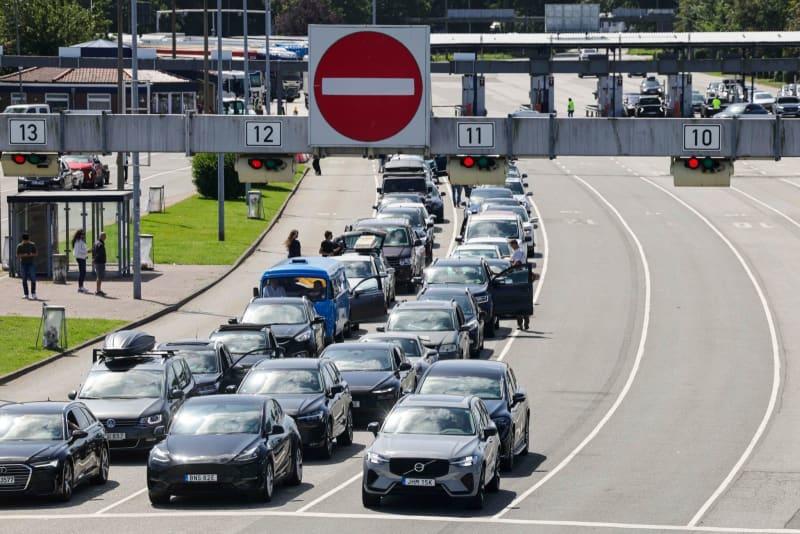
Despite ongoing efforts to promote a shift to more sustainable transport, the number of cars in Germany continues to rise.
At the beginning of this year, Germany's Federal Statistical Office (Destatis) counted 590 passenger cars per 1,000 inhabitants, up from 588 in 2024 and 587 in 2023, it said in a statement on Thursday.
Car density has increased steadily since 2008, Destatis reported, citing figures from the Federal Motor Transport Authority (KBA) and its own calculations.
The total number of registered cars also reached a record high. As of January 1, 49.3 million passenger cars were registered in Germany – more than ever before, according to KBA.
The highest car density was recorded in Saarland with 646 vehicles per 1,000 inhabitants, followed by Rhineland-Palatinate (641) and Bavaria (635). By contrast, the city states had the lowest figures: Berlin (334), Bremen (427) and Hamburg (435).
Compared with the previous year, car density rose in nearly all German states. Bavaria remained unchanged, while declines were recorded in the three city states and in Hesse, where the above-average car density slipped slightly from 623 to 622.








Comments